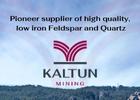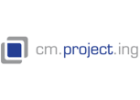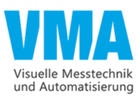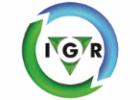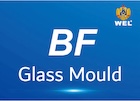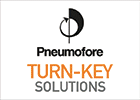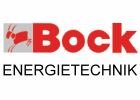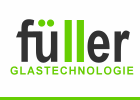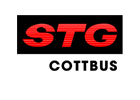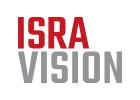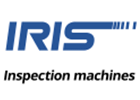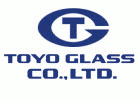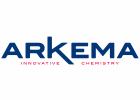Informações de contato
| Endereço | GPBAX GmbH Hub 3 5273 Roßbach |
| Telefone |
0043 650 8283974 |
| Get in contact with GPBAX GmbH | |
| INTERNET | www.gpbax.com |
| Ano de fundação |
2020 |
| Taxa de exportação | 100 % |
Pessoas para contactar
| Contato 1. | Manuel Bernroitner CEO |
Produtos / Máquinas
Manufacturer of ceramic (enamel-based) inkjet digital printing machines for glass. Our machines are suitable for decoration, track and trace applications and for measuring:
- Pharmaceutical packaging: ampoules, vials, syringes ...
- Drinking Glasses
- Glass cookware
- Opal glassware
- Enamelled ceramic
- Borosilicate glassware:
- Measuring cylinder
- Burettes
- Pipettes
- Volumetric flask
- and much more
História de empresa
Our unique technology aims to make the production of all hollow glassware producers more flexible and simplified. Our focus lies in ceramic (enamel-based) inkjet printing, which is highly durable and can print serialization data, QR-Codes, DataMatrix-Codes, and small logos on all kinds of glassware. Our machines are developed and manufactured as per our customer's requirements, making them perfect for their specific purpose.
Notably, our machines are used for track and trace/serialization on pharmaceutical glassware, which improves patient safety and production reliability.
They are also used for printing on laboratory glassware. Contact us to learn more about our innovative solutions.

